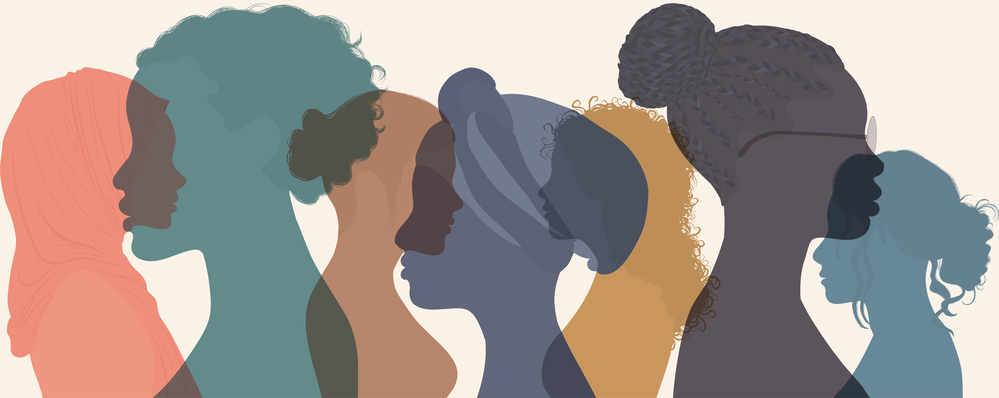Introduction
Microaggressions are often described as the “small cuts” of oppression, which are subtle, everyday insults or invalidations directed toward marginalized groups. While individually they may seem minor, their cumulative effect can be profoundly damaging, shaping how individuals perceive themselves, their worth, and their place in society. Even more insidious, microaggressions often become internalized, feeding into cycles of self-doubt, shame, and diminished confidence. This article explores how microaggressions contribute to internalized oppression, and how we can begin breaking the cycle.
What Are Microaggressions?
Psychologist Derald Wing Sue defines microaggressions as “brief and commonplace daily verbal, behavioral, or environmental indignities, whether intentional or unintentional, that communicate hostile, derogatory, or negative slights toward people of color or other marginalized groups” (Sue et al., 2007).
Examples include:
- Asking a person of color, “Where are you really from?”
- Assuming women are less capable leaders than men.
- Commenting on someone’s accent as “surprisingly good.”
Though these statements may appear harmless, they reinforce stereotypes and perpetuate a climate of exclusion.
The Psychological Toll
Research shows that repeated exposure to microaggressions leads to:
- Increased stress and anxiety (Torres et al., 2010).
- Symptoms of depression and low self-esteem (Nadal et al., 2014).
- Greater feelings of alienation and decreased belonging (Huynh, 2012).
When experienced regularly, microaggressions function as a chronic stressor. Unlike overt discrimination, they are often harder to identify, which can leave recipients doubting themselves, asking, “Am I being too sensitive?” This gaslighting effect compounds the harm.
Microaggressions and Internalized Oppression
Microaggressions don’t just wound from the outside; they seep inside. Over time, marginalized individuals may begin to:
- Question their competence (“Maybe I’m not leadership material.”).
- Adopt stereotypes about their own group (“We’re not good at math.”).
- Silence themselves to avoid confrontation (“It’s not worth speaking up.”)
This internalization sustains oppression long after the microaggression is spoken. The external insult becomes an internal voice.
Breaking the Cycle
Breaking free requires both awareness and action:
- Name the Experience
Recognize that microaggressions are real and impactful. Awareness strips away the illusion that the harm is “just in your head.” - Practice Self-Validation
Counter internalized messages with self-affirming statements grounded in truth. For example: “I am capable. My worth is not defined by stereotypes.” - Build Collective Narratives
Sharing experiences within communities fosters healing. When individuals hear, “That happened to me too,” it transforms isolation into solidarity. - Challenge the Source
Whenever safe and possible, gently but firmly, address microaggressions. This disrupts the cycle for both the speaker and the listener.
A Path Toward Healing
Microaggressions are not small. They are structural tools that shape identity and perpetuate inequality. By understanding their psychological toll and refusing to internalize their messages, we reclaim agency over our self-perception. The cycle can be broken, but it begins with seeing clearly, validating our truth, and building communities of resistance and healing.
Reflection Questions
- When was the last time you experienced a microaggression, and how did it impact your inner dialogue?
- Have you ever noticed yourself repeating a stereotype about your own group? Where might that belief have originated?
- What strategies can you use to affirm your worth in the face of subtle invalidations?
References
- Huynh, Q.-L. (2012). Ethnic microaggressions and the depressive and somatic symptoms of Latino and Asian American adolescents. Journal of Youth and Adolescence, 41(7), 831–846.
- Nadal, K. L., Griffin, K. E., Wong, Y., Hamit, S., & Rasmus, M. (2014). The impact of racial microaggressions on mental health: Counseling implications for clients of color. Journal of Counseling & Development, 92(1), 57–66.
- Sue, D. W., Capodilupo, C. M., Torino, G. C., Bucceri, J. M., Holder, A. M. B., Nadal, K. L., & Esquilin, M. (2007). Racial microaggressions in everyday life: Implications for clinical practice. American Psychologist, 62(4), 271–286.
- Torres, L., Driscoll, M. W., & Burrow, A. L. (2010). Racial microaggressions and psychological functioning among highly achieving African-Americans: A mixed-methods approach. Journal of Social and Clinical Psychology, 29(10), 1074–1099.
Download the scholarly version of this article by clicking HERE

